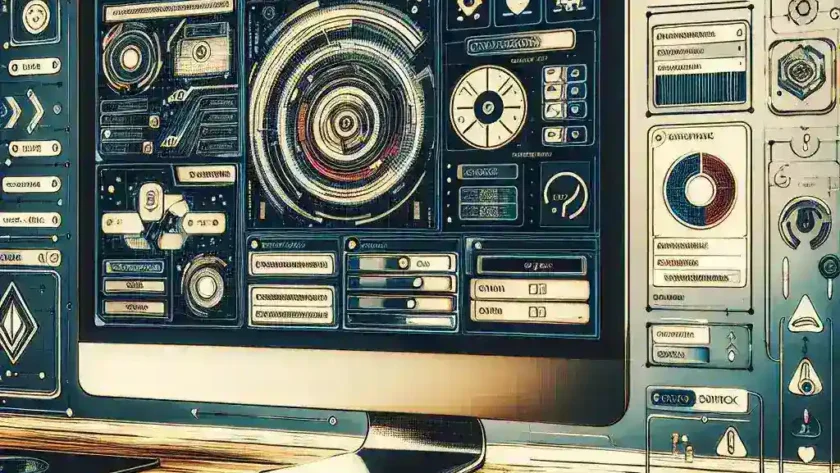Understanding the I/O Error on Windows
An I/O (Input/Output) error signifies a problem with reading or writing data. Often, it can disrupt normal operations, causing headaches for users. Understanding the nature of the error is crucial before diving into troubleshooting.
12 Troubleshooting Tips & Tricks to Fix I/O Errors
1. Restart Your Computer
Sometimes, simply restarting your computer can resolve temporary issues. This action can refresh system processes and might fix the I/O error.
2. Check Connection Cables
Ensure that all cables connecting your storage devices are securely plugged in. Loose or damaged cables can trigger I/O errors.
3. Try a Different USB Port
If you are using external storage, connect it to a different USB port. Faulty ports can sometimes lead to I/O errors.
4. Update Drivers
Outdated or corrupted drivers can cause I/O errors. Update your device drivers through the Device Manager:
- Open Device Manager
- Expand the relevant category
- Right-click the device and select Update driver
5. Run a Disk Check
Windows has a built-in tool for checking drive errors. Use the chkdsk command:
- Open Command Prompt as an administrator
- Type
chkdsk /fand press Enter - Follow on-screen instructions
6. Use Disk Management
Sometimes, assigning a different drive letter can resolve I/O issues:
- Open Disk Management
- Right-click the problematic drive
- Select Change Drive Letter and Paths and choose a new letter
7. Check for System Updates
Make sure your Windows system is up-to-date. Updates often include fixes for known issues that could be causing the I/O error.
8. Disable Suspicious Programs
Malicious or incompatible software can interfere with your system. Perform a thorough scan using antivirus software and disable or uninstall suspicious programs.
9. Boot in Safe Mode
Safe Mode starts Windows with minimal drivers and services. Booting in Safe Mode can help identify if third-party software is causing the issue:
- Restart your computer
- Press F8 during startup
- Select Safe Mode and press Enter
10. Check Disk Health
An unhealthy disk may generate I/O errors. Use tools like CrystalDiskInfo to check the health of your disk drives and consider replacing failing drives.
11. Reinstall Windows
As a last resort, you can reinstall Windows. This can often resolve deep-seated issues:
- Backup important data
- Insert installation media and restart your computer
- Follow on-screen instructions to reinstall
12. Seek Professional Help
If none of the above solutions work, it may be time to consult a professional. A technician can provide a thorough diagnosis and fix for your I/O error.
Conclusion
Fixing I/O errors on Windows can range from simple restarts to more involved troubleshooting steps. By understanding the nature of I/O errors and using these 12 tips and tricks, you can often resolve the issue and get your system back on track.

